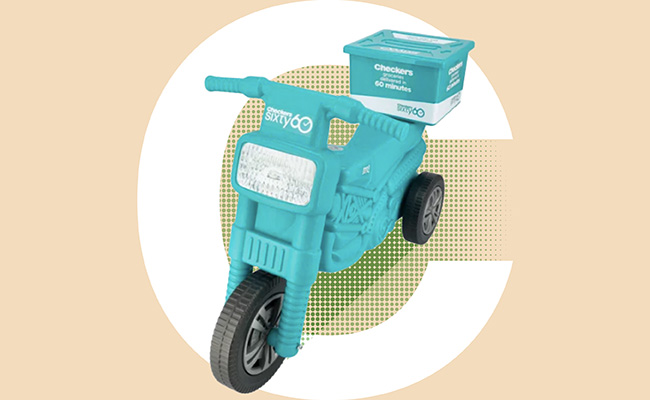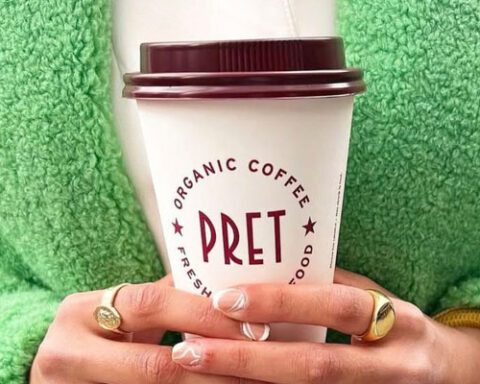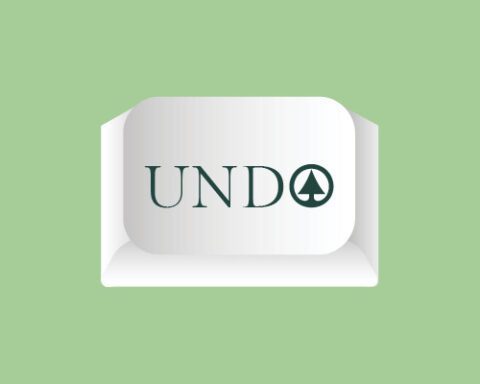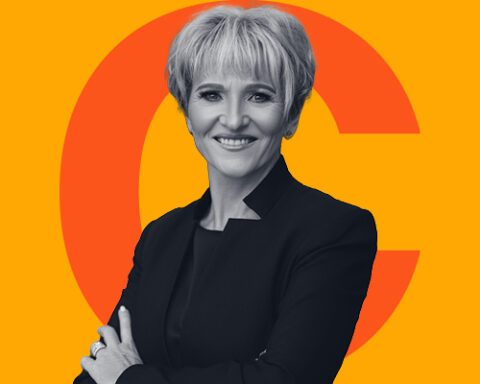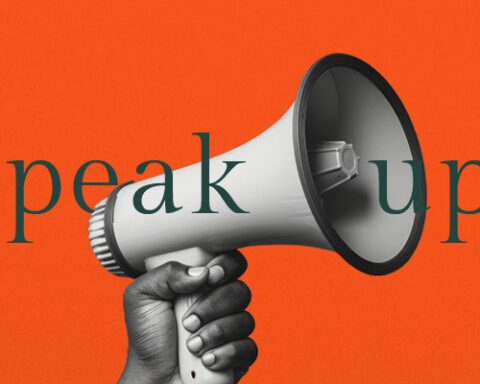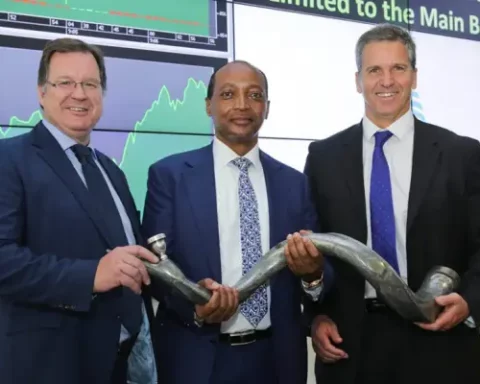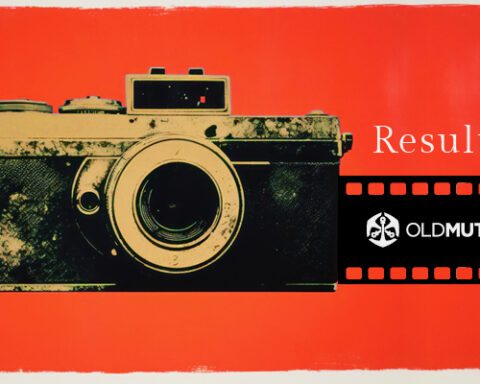Shades of teal go in and out of fashion. It was the colour a few years ago and you will still spot it as the background hue of many a dated LinkedIn profile pic. But at Shoprite “vibrant teal” is still the colour of the group’s most popular plaything.
“That little scooter is our number one selling toy,” CEO Pieter Engelbrecht let slip in the company’s half-year results presentation on Tuesday. He was of course referring to every toddler’s dream – the Sixty60 replica push-bike, complete with a load-box and Checkers branding.
Those scooters – both the toys and the real ones on the roads, which now number several thousand – are a visual reminder of the retailer’s five consecutive years of market-share gains.
The six months to end-December were no different: revenue for the period grew 9.4% to R130.8bn. Though Shoprite operates in 10 markets on the continent, its supermarkets in South Africa account for more than 80% of the business. And here, Engelbrecht and his team reported a 10.4% sales increase that was underpinned by strong volume growth.
Volumes are critical as they help the retailer’s suppliers, who are more likely to run promotions if their sales numbers keep climbing.
Not only did the number of customers increase; so did customer visits and the size of the average basket spend. And this was across the board – at Shoprite, Checkers and Usave, says Engelbrecht. This helped push headline earnings up almost 10%, to 659.9c a share, and left Shoprite with a trading margin of 5.7% – among the highest in the business.
But Checkers was the standout performer. It has been nearly a decade since the chain was rejigged to go after more affluent consumers. An early indicator was the effort the stores started putting into their cheese offering, but it has since expanded into product range collaborations with celebrity chefs such as Gordon Ramsay and Jan Hendrik van der Westhuizen, and more recently even mixed martial arts champ Dricus du Plessis.
It was tied to an aggressive store-opening programme. Last year, on average, a new Checkers opened its doors nearly every week. The result is that there are now 339 of them, compared with less than 200 in 2016.
Under Engelbrecht, Shoprite has been sharpening its focus on food. This is also why the retailer sold its furniture division to Pepkor last year, says the CEO, who took over from long-time boss Whitey Basson at the start of 2017.
A recent addition to this strategy has been smaller standalone Checkers Foods stores. If ever there was a signal that it is gunning for more of the market Woolworths has made such a good business of, this is it. There are 12 of these neighbourhood stores, and more to come as part of the 123 new supermarkets – Shoprite, Usave and Checkers – that should be up and running before the end of June. A Checkers Foods is about 1,400m2 in size, compared with the 3,500m2 of the regular version.
This sort of expansion obviously costs money, as more stores mean more distribution centres and a stronger technology backbone. Which accounts for most of the company’s R4.2bn in capex and the nearly R4bn more it expects to pile in before June. But most of this is funded through cash from operations.

A gold mine of data
For All Weather Capital chief investment officer Shane Watkins, it’s a “good use of capital” as it should ensure “more market share”.
And thanks to the 32-million members on its Xtra Savings loyalty programme, Shoprite now sits on a treasure trove of data.
Engelbrecht and his team now know, for example, when someone downgrades from two-ply to one-ply toilet paper, and can use these indicators to plot consumers’ financial stress.
Incidentally, this is valuable information for the likes of short-term insurers, who often see their premium income suffer in tough economic times and would much prefer granting a payment holiday than losing a client altogether. So the retailer has some serious bargaining power with the data – and other businesses. It need never sell insurance to make money from it; instead Shoprite can take a cut from what the insights its data reveal.
Mining those numbers, Shoprite first noticed the stronger emphasis on pet food. The market expanded substantially in the Covid pandemic and has ever since, Engelbrecht tells Currency.
Clearly those lockdowns convinced plenty of people to buy or adopt companions with whiskers, or wagging tails. And they have to eat. Shoprite looked at buying market leader Absolute Pets, but thought it too expensive, says Engelbrecht. Woolworths then snapped it up in 2023. Shoprite, instead, opened its own version, called Petshop Science. The chain has since ballooned to 129 standalone stores and Engelbrecht reckons it will grow to the largest in the market sometime this year.
Its liquor shops are also expanding at a breakneck pace, opening more than one a week all of last year.
The numbers, though, were met with a distinct lack of appreciation by the market: Shoprite stock traded almost 5% weaker at one point on Tuesday, and closed 3.6% down.
While the reaction was “surprising”, Anchor Capital fund manager Liam Hechter says: “We are shareholders in Shoprite and are more than comfortable with the numbers they just released,” especially given the high base set for sales from the previous period.
In the rest of Africa, growth was a bit slower than at home, as hyperinflation in Ghana and higher diesel costs for generators in Zambia weighed on earnings. Yet Engelbrecht is still bullish on both Angola and Zambia, his two largest foreign markets after pulling out of Nigeria in 2021.
As for what’s next: teal will get a red cousin as Shoprite Sixty60 gets going. Its early trial was a success and it will be rolled out to 19 shops in the next six months. Another collectors’ item?
Sign up to Currency’s weekly newsletters to receive your own bulletin of weekday news and weekend treats. Register here.
